Hops Spacing Requirements – Tips On Plant Spacing For Hops
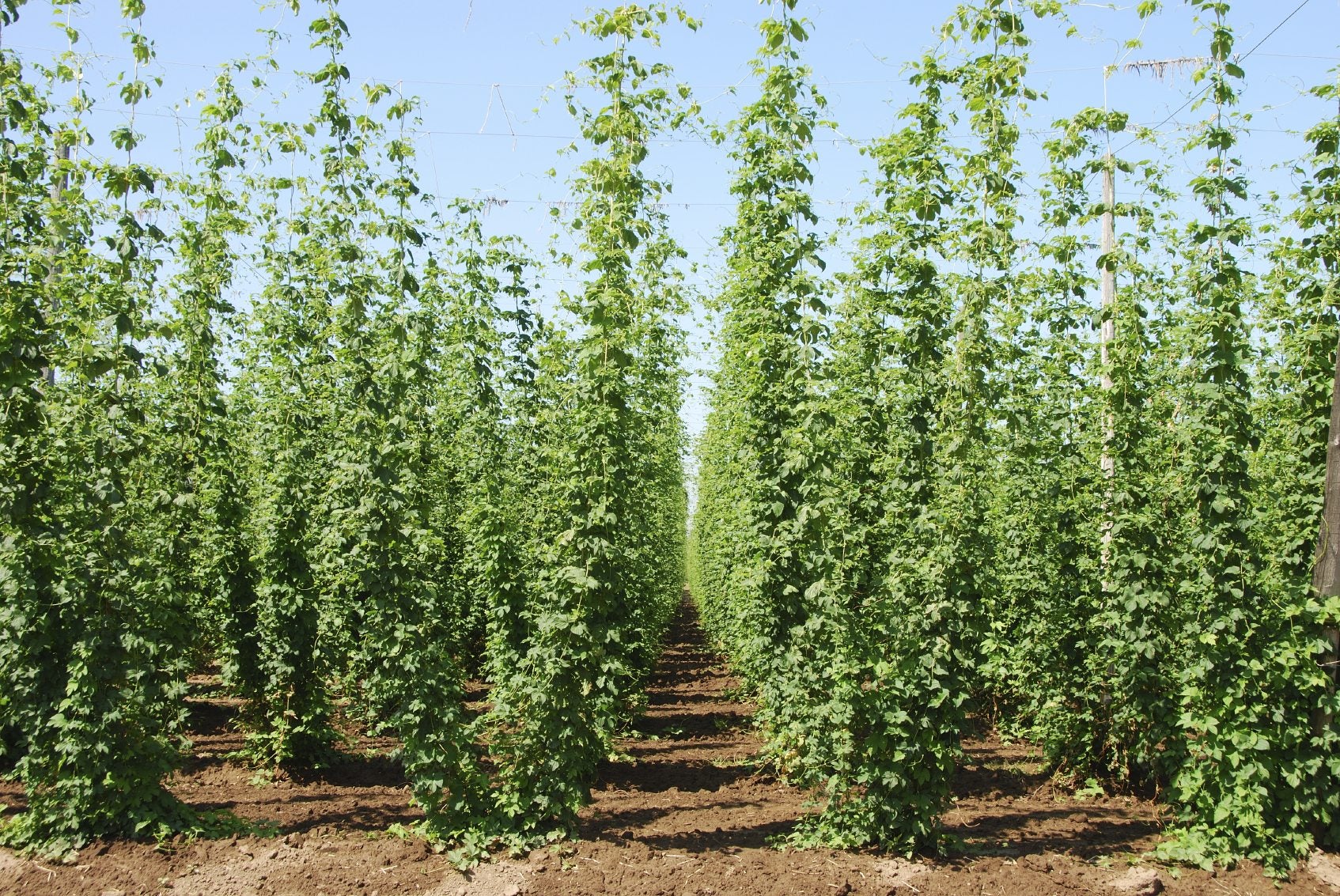

Most people know that hops are used to make beer, but did you know that the hop plant is a fast-climbing vine? Hops (Humulus lupulus) has a perennial crown that lives many years, but the stems–sometimes called bines–shoot up fast, then die back to the soil each winter. If you decide to grow hops, give a thought to hops plant spacing. Read on for information on spacing requirements for hops.
Plant Spacing for Hops
Hops plants are no shrinking violets. Although the bines die back at summer’s end, they begin all over again the following spring. In one growing season, they can get 25 feet (8 m.) in length, with each plant up to 12 inches (31 cm.) in diameter. It’s necessary to allow the plants to shoot up like this. If you try to keep the bines under 10 feet (3 m.) high, you’ll get bunched shoots vulnerable to mildew. That’s why spacing for hop plants is so important. You don’t want the vines to overlap. Adequate spacing for hop plants also prevents confusion between different species of hops. Proper plant spacing for hops is critical to plant vitality too. Even like species grow better when they are spaced apart.
Hops Spacing Requirements
Taking care of spacing requirements for hops ensures that each plant will grow separately. The idea is to keep the plant from tangling its long vines with those of other plants. Some growers say that leaving 3 feet (1 m.) between same variety plants is sufficient for hops plant spacing if the plants are the same species. However, your life may be easier if you plant like variety hops at least 7 feet (2 m.) apart. When you are growing different varieties of hops, spacing requirements for hops are even more important. The part of the plant that is used to make beer is the cone produced by the female plants. If the hops plant spacing is tight, the vines will tangle, and you might mistake one type of cone for another. Plan on hops spacing requirements of at least 10 feet (3 m.) between different variety plants. Generous hops plant spacing also encourages strong plants, since the long root section of the plants does not impede each other’s growth if properly spaced.
Gardening tips, videos, info and more delivered right to your inbox!
Sign up for the Gardening Know How newsletter today and receive a free copy of our e-book "How to Grow Delicious Tomatoes".

Teo Spengler is a master gardener and a docent at the San Francisco Botanical Garden, where she hosts public tours. She has studied horticulture and written about nature, trees, plants, and gardening for more than two decades. Her extended family includes some 30 houseplants and hundreds of outdoor plants, including 250 trees, which are her main passion. Spengler currently splits her life between San Francisco and the French Basque Country, though she was raised in Alaska, giving her experience of gardening in a range of climates.
-
 How To Make A Bouquet Garni Or Herb Bundle For Cooking
How To Make A Bouquet Garni Or Herb Bundle For CookingIf you’re a great cook, you may have made an herb bundle before. If this is a new idea, learn how to add sparkle and interest to your dish with a bouquet garni.
By Amy Grant
-
 ‘Coral Charm’ Peony Care For Sublime Semi-Double Peonies With Lush Salmon Pink Flowers
‘Coral Charm’ Peony Care For Sublime Semi-Double Peonies With Lush Salmon Pink FlowersPeonies are known for their soft baby pink or magenta tones, but if plushy coral blooms are your thing, here’s our guide to the ultimate ‘Coral Charm’ peony care
By Tonya Barnett
-
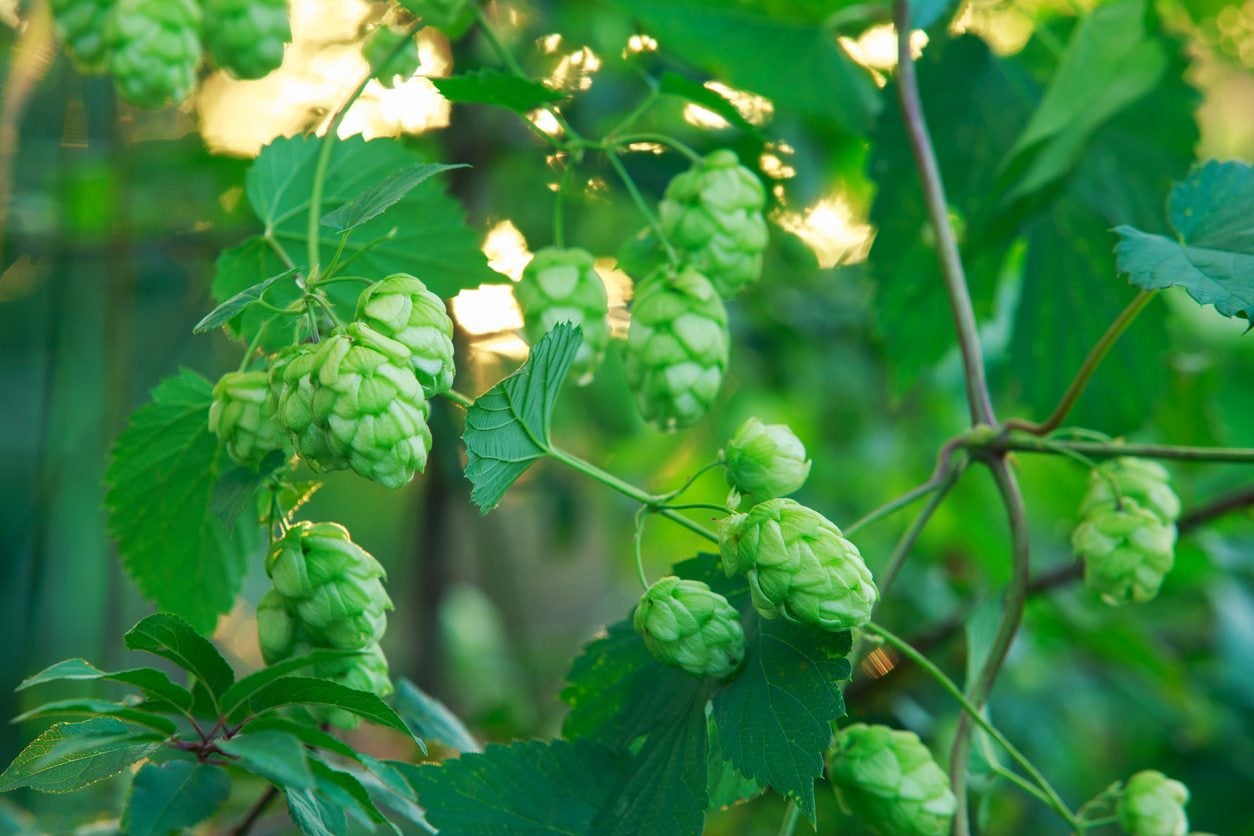 Hops Plant Pruning: When And How To Prune A Hops Plant
Hops Plant Pruning: When And How To Prune A Hops PlantIf you're a home brewer, there's nothing more satisfying than growing your own hops. But hops are long, fast growing vines that require some strategic pruning to get the most out of them. Learn more about how to prune a hops plant in this article.
By Liz Baessler
-
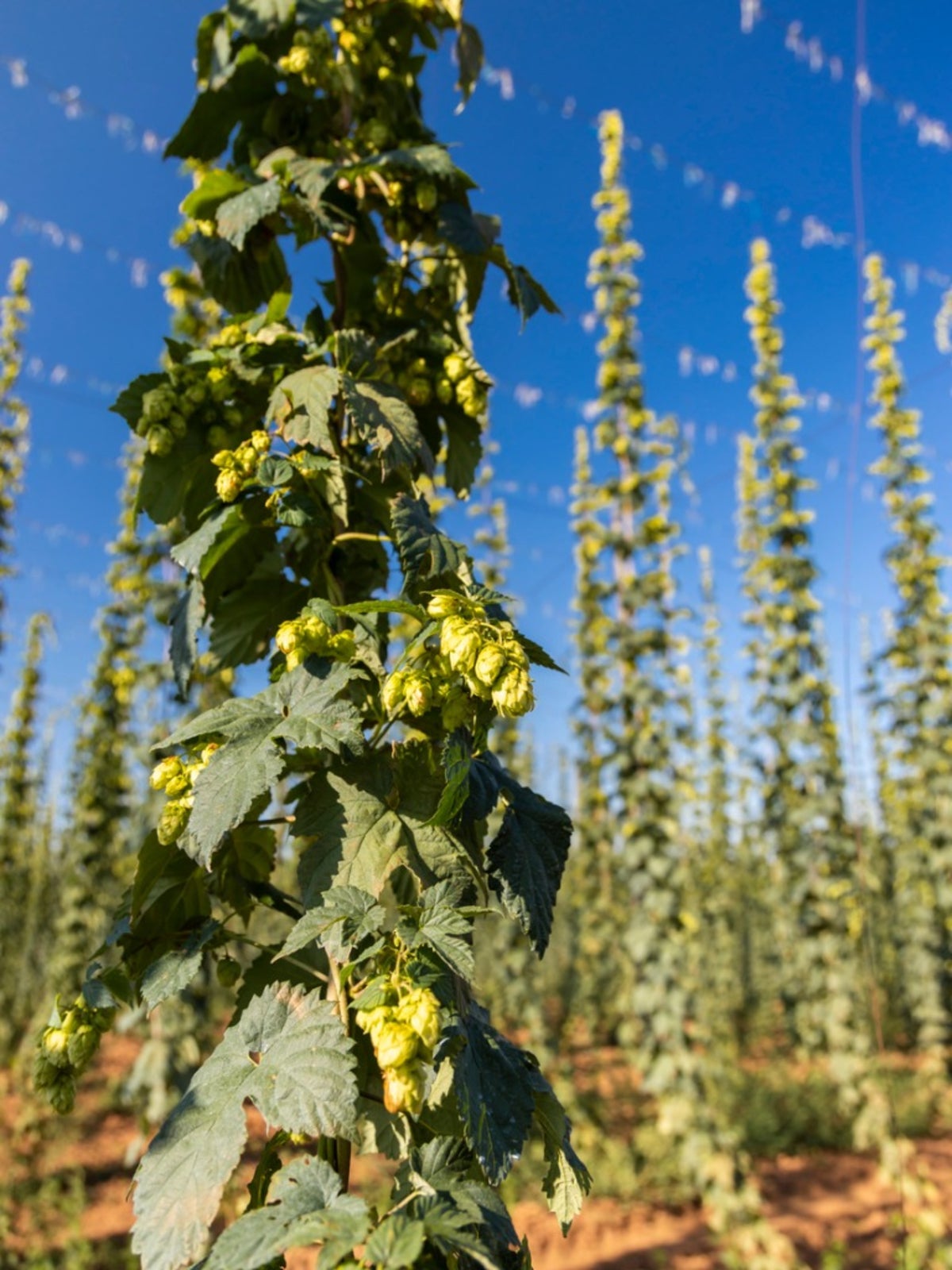 Hops Companion Plants: Learn What To Plant With Hops In Gardens
Hops Companion Plants: Learn What To Plant With Hops In GardensCompanion planting with hops can enhance crop growth and provide a decoy for pesky critters. That said, hop vines are aggressive growers so companion plants need to be considered carefully. This article can help with that.
By Bonnie L. Grant
-
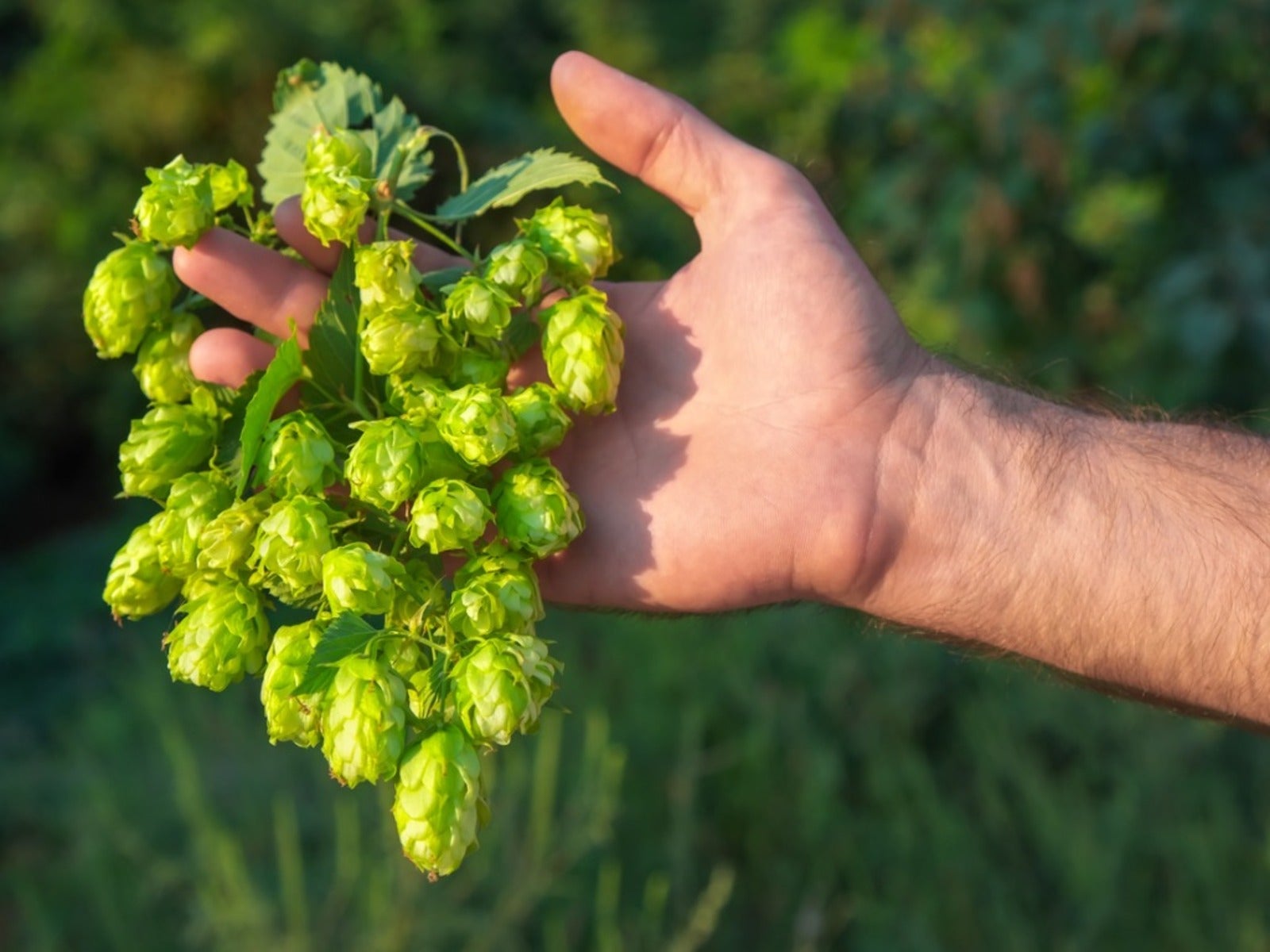 Harvesting Hops Plants: When Is Hops Harvest Season
Harvesting Hops Plants: When Is Hops Harvest SeasonAre you a home brewer? If you have some extra space in your garden, consider growing your own hops to make your beer even more personal.
By Liz Baessler
-
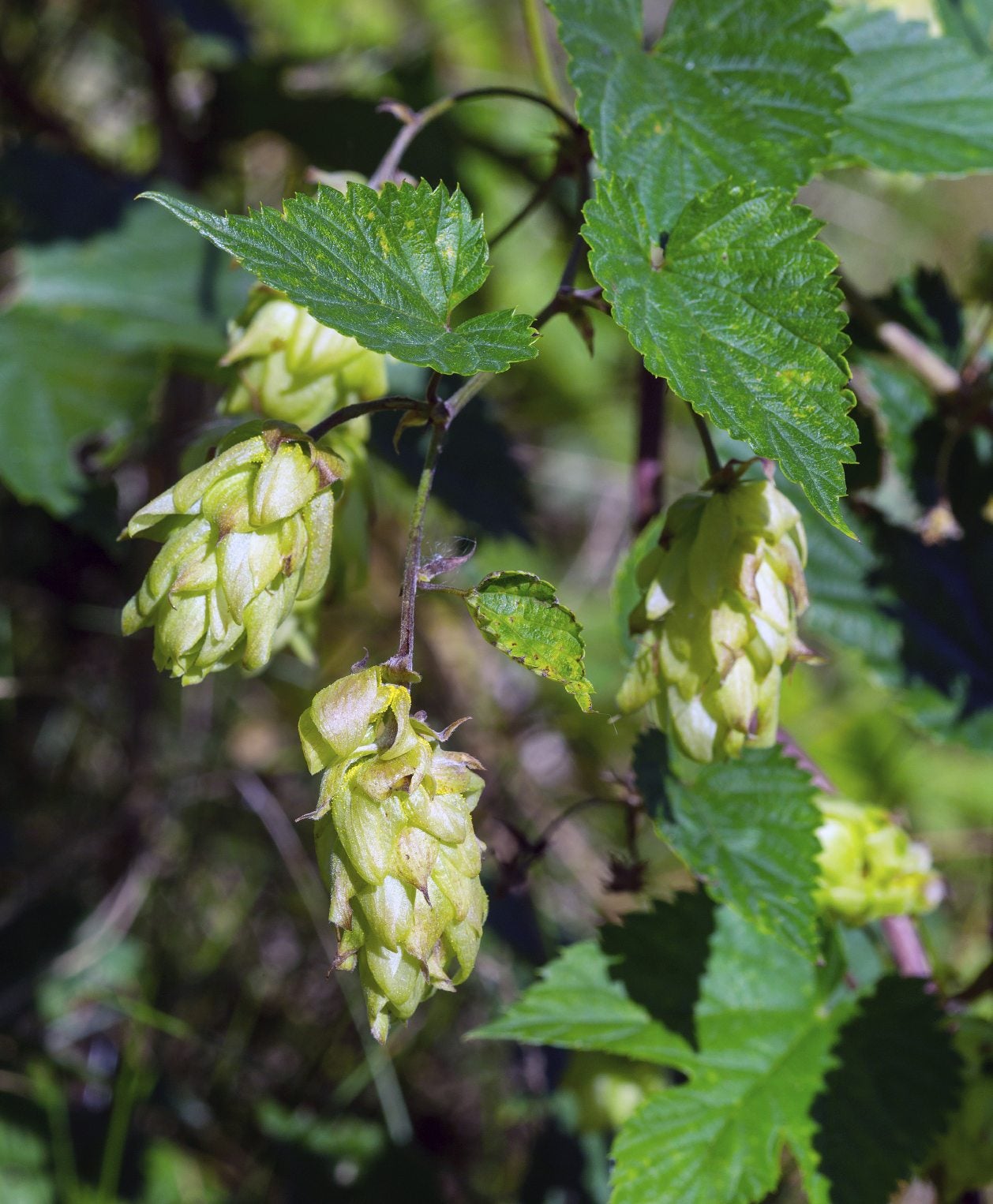 Hops Plant Fertilizer: How And When To Feed Hops Plants
Hops Plant Fertilizer: How And When To Feed Hops PlantsHops can grow up to a whopping 30 feet (9 m.) in a year! To attain this amazing size, it isn't any wonder that they like to be fed every so often. What are hops fertilizer requirements? The following article contains a sort of hops fertilizer guide to help.
By Amy Grant
-
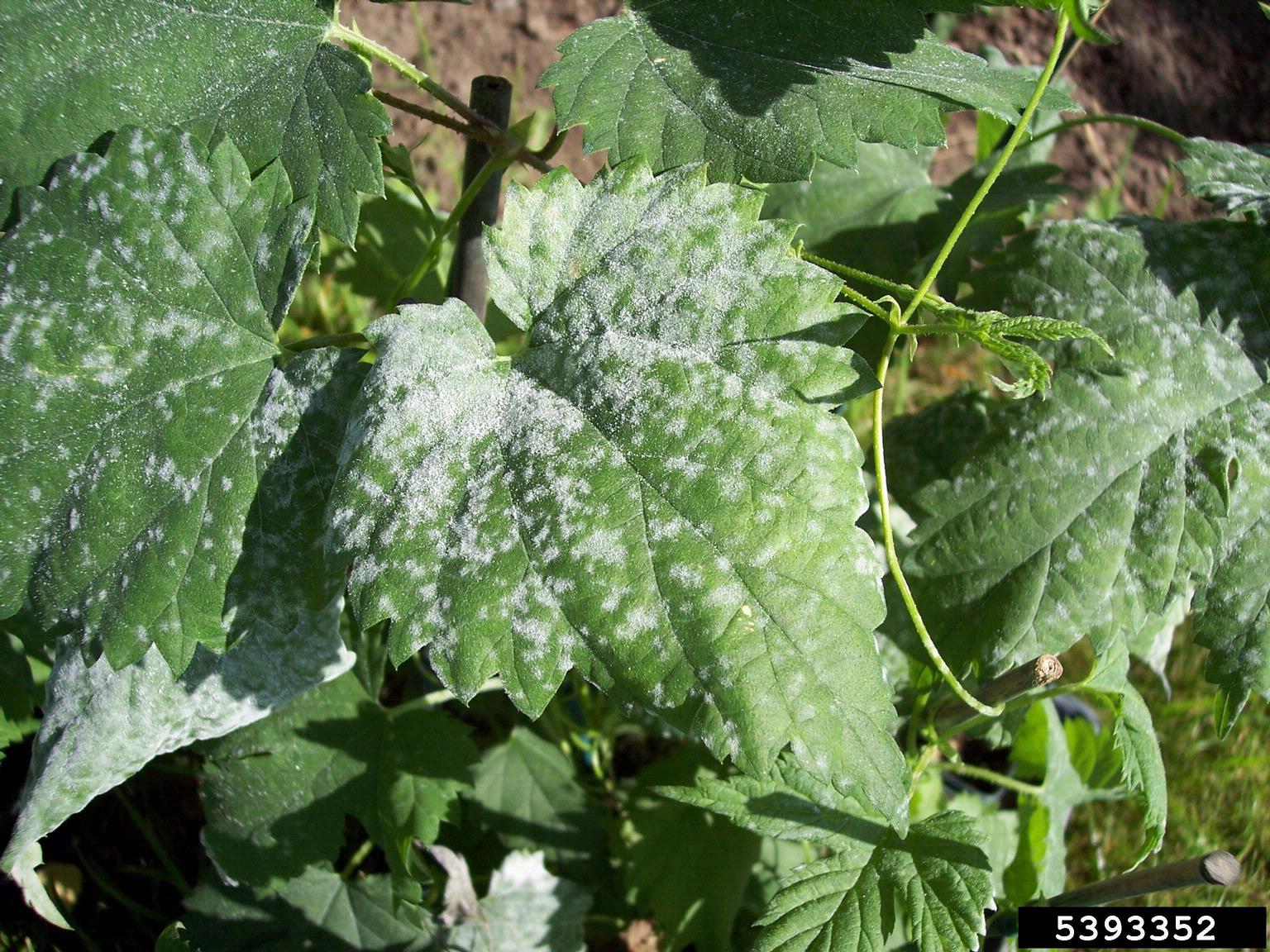 Hops Plant Diseases: Treating Diseases Affecting Hops Plants In Gardens
Hops Plant Diseases: Treating Diseases Affecting Hops Plants In GardensAs prolific as hops can be, the plant may still be afflicted with hops plant diseases. For a fruitful crop, it's important to learn about diseases affecting hops in order to treat hops plant problems ASAP. This article should help with that.
By Amy Grant
-
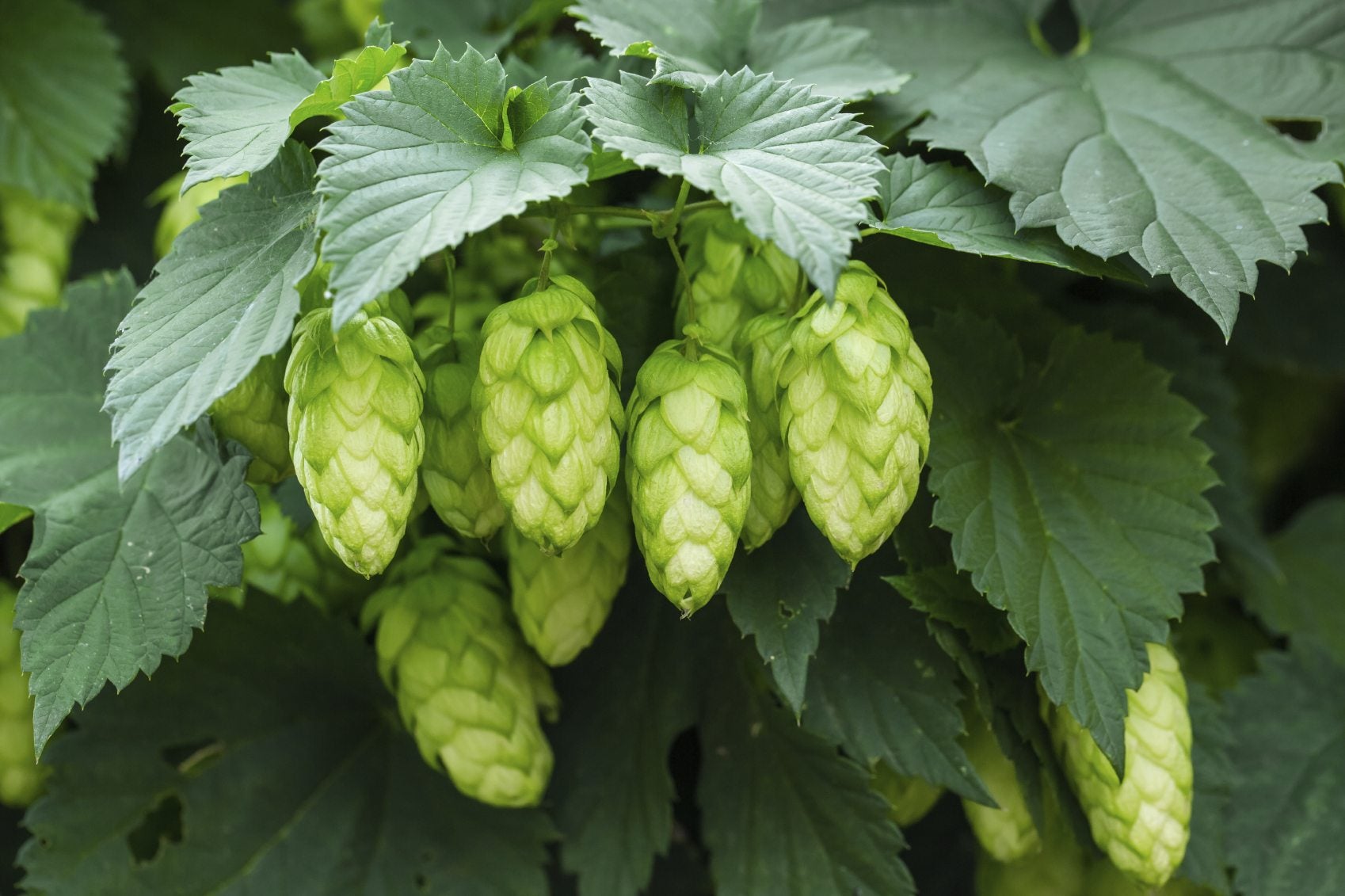 Reasons For No Cones On Hops: How To Get Cones On Hops Plants
Reasons For No Cones On Hops: How To Get Cones On Hops PlantsHops with no cones may be due to the time of the year, cultivation practices, or the age of the vines. Professional growers know how to get cones on hops plants and you can too with a little advice and some tips from the trade. This article will help.
By Bonnie L. Grant
-
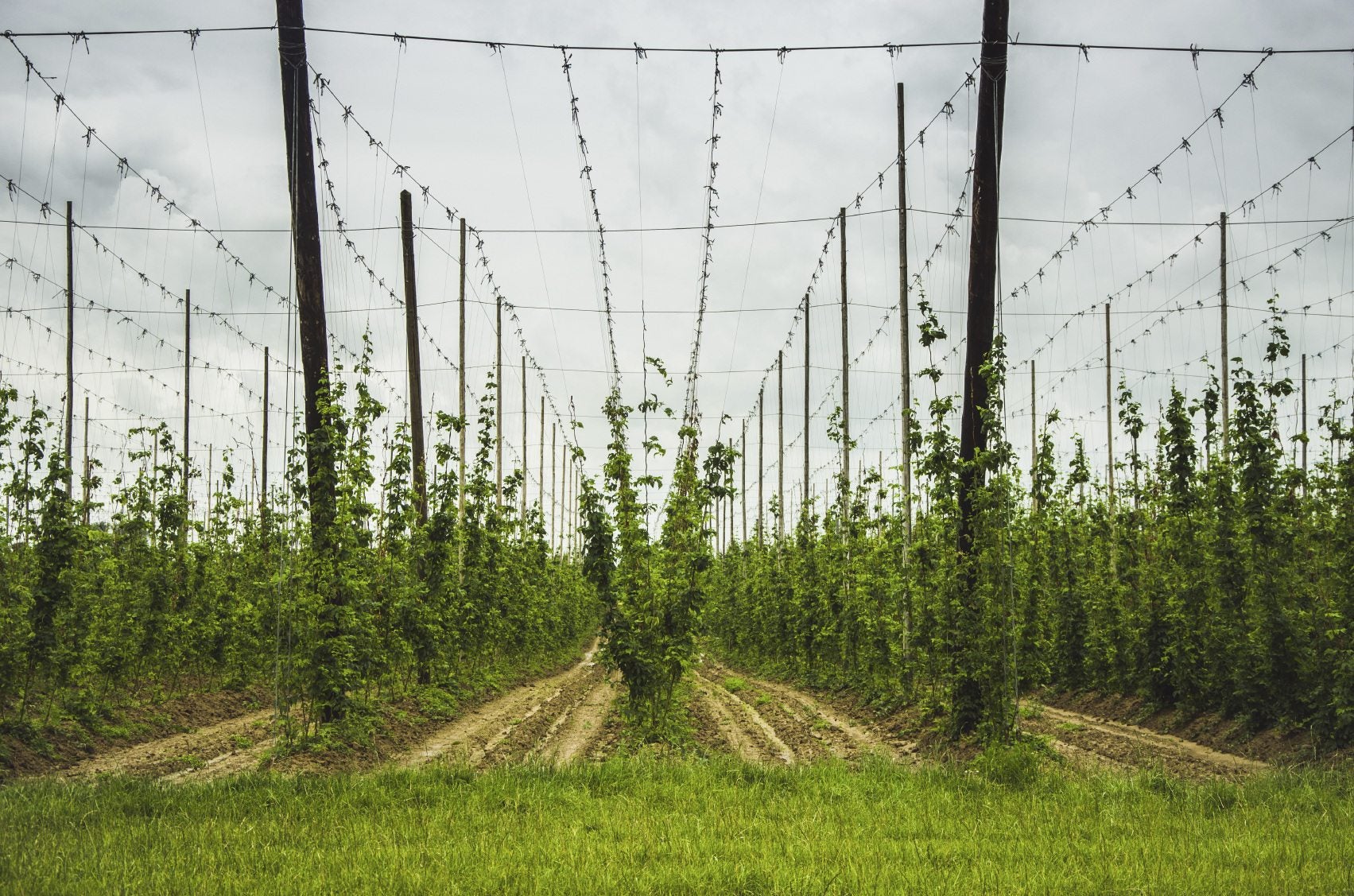 Support For Hops Vines: Learn About Hops Plant Support
Support For Hops Vines: Learn About Hops Plant SupportHops can grow up to 12 inches (30.5 cm.) a day. These rampant climbers need a sturdy trellis of appropriate height to accommodate their size. The following article contains information on the best support for hops plants and building a trellis for hops.
By Amy Grant
-
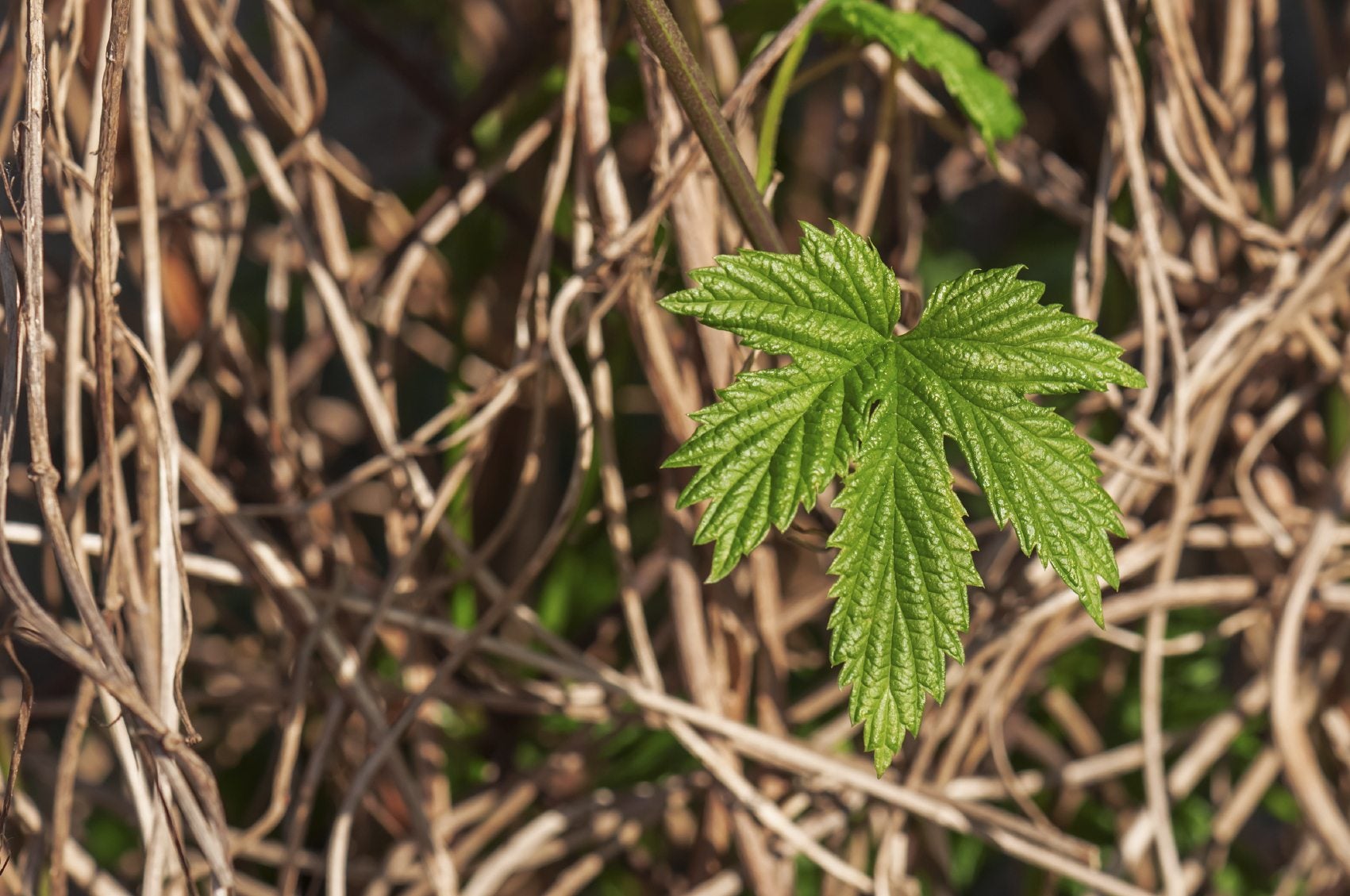 Propagating Hops Plants: Planting Hops From Clippings And Rhizomes
Propagating Hops Plants: Planting Hops From Clippings And RhizomesHops plant propagation is primarily from root cuttings. Planting hops from clippings will result in identical clones to the parent hop plant. Here are some surefire tips on how to propagate hops plant for beautiful vines and copious cones.
By Bonnie L. Grant